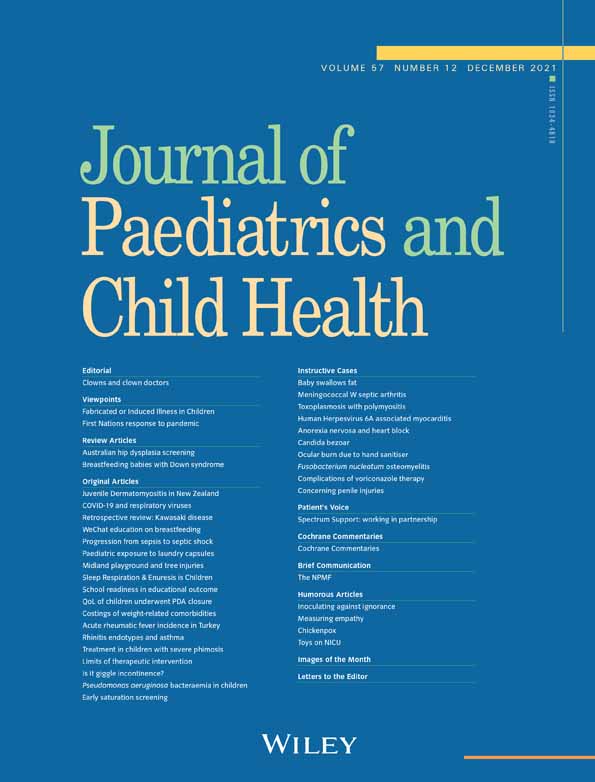Prevalence of allergic rhinitis with lower airways inflammation: A new endotype with high risk of asthma development?
Conflict of interest: None declared.
Abstract
Aim
Asthma and allergic rhinitis share common pathophysiological mechanisms. However, while asthma phenotypes and endotypes are defined basing on both clinical and immunological features, rhinitis classification is still based on severity and frequency of symptoms. Recently, fractional exhaled nitric oxide (FeNO) has been suggested as a possible biomarker of rhinitis to asthma development. The aim of our study was to define the prevalence of a high FeNO allergic rhinitis endotype in a paediatric population of children with allergic rhinitis in order to quantify the impact of such patients in general practice.
Methods
A total of 159 children (aged 7–16 years) with allergic rhinitis and no asthmatic symptoms were enrolled in our study. Severity assessment of rhinitis and asthma was evaluated in accordance with ARIA and GINA guidelines. All patients performed the following assessments: skin prick test (SPT), spirometry and FeNO measurement.
Results
FeNO was increased in 54 (33.9%) of 159 patients. No significant correlation with age, severity and frequency of rhinitis was evidenced. Positive SPT for house dust mites was related with a higher prevalence of high FeNO (P = 0.04), with no significant correlation with other sensitisations. All patients showed normal spirometric values.
Conclusion
A possible new endotype of allergic rhinitis and lower airways inflammation showed to be significantly present in our population. The lack of correlation with allergic rhinitis severity assessment suggests that FeNO could be considered as an independent variable, possibly linked to a higher risk of asthma development in children with no lower airways symptoms and normal spirometry.




